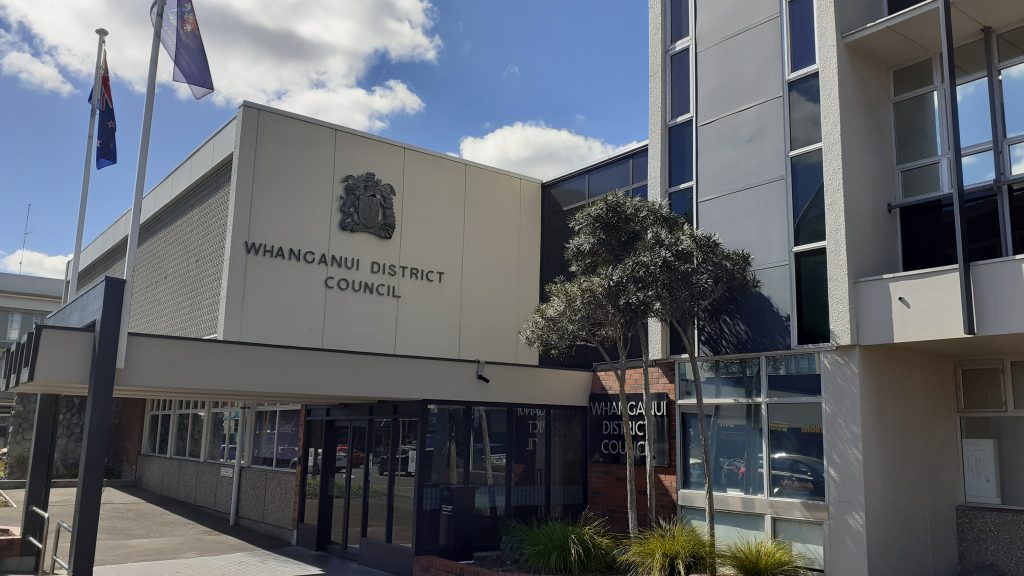
By Moana Ellis, Local Democracy Reporting
Whanganui District Council is keeping all options open for future delivery of water services.
The council is investigating whether it can continue to go it alone while at the same time working on buddying up with neighbouring councils to provide the costly services.
Under government legislation passed in August, all city and district councils must meet stricter rules and regulations around financial management and the quality of their three water services – drinking water, stormwater and wastewater.
Councils must develop, adopt and submit a Water Services Delivery Plan within 12 months to show how delivery of water services will be financially sustainable and can meet new regulatory standards.
Whanganui is considering five options available under Local Water Done Well rules: an in-house business unit (the current delivery model), a single council-owned council-controlled organisation (CCO), a CCO owned by the council and one or more of our neighbours, a mixed council / consumer trust or a consumer trust.
‘Think differently’
Mayor Andrew Tripe said the policy allows councils to think differently and consider opportunities with neighbours, including where efficiencies and cost savings can be found.
Work is underway to understand if the council can meet the new rules and sustain the impact on service levels and costs to ratepayers if it continues to work alone.
At the same time the council is working on a regional model along with Ruapehu, Rangitīkei, Manawatū, Horowhenua and Tararua district councils and Palmerston North City Council.
The council’s Three Waters transition manager Kathryn Stewart told the strategy and policy committee that a regional appraisal had identified a compelling case for working with one or more neighbours in the Manawatū-Whanganui region.
But she said any of the new delivery models could reduce the impact of higher overhead and compliance costs.
Stewart said taking a collaborative approach and developing a joint model would give the council the flexibility to move quickly once it decides on a preferred option. This was important, given the tight timeframe set by the government.
A local body election in October next year means the council will have to adopt its Water Services Delivery Plan by June, Stewart said.
Early feedback
Formal community consultation will be held early next year, but the Whanganui council is seeking early input from the community during October, ahead of deciding on a preferred model for consultation.
It is also holding three information sessions and discussing with local iwi and hapū how different options can best support its obligations under Te Awa Tupua (Whanganui River Claims Settlement) Act.
Tripe said the council is keen to hear what’s important to the community about how water services are delivered in the future.
“Although we are on a tight timeframe, it’s important to get early feedback now to help inform our thinking before any decisions are made.
“We also want to share information with the community about the changes, ahead of formal community consultation next year.”
Tripe said a range of factors must be considered when the council makes a decision, including community views, the financial impact on water users and the wider council, and the pros and cons of each option.
Awa FM – Te Reo Irirangi o Whanganui
For more of our people, our stories, our way, click News or follow us on Facebook.
